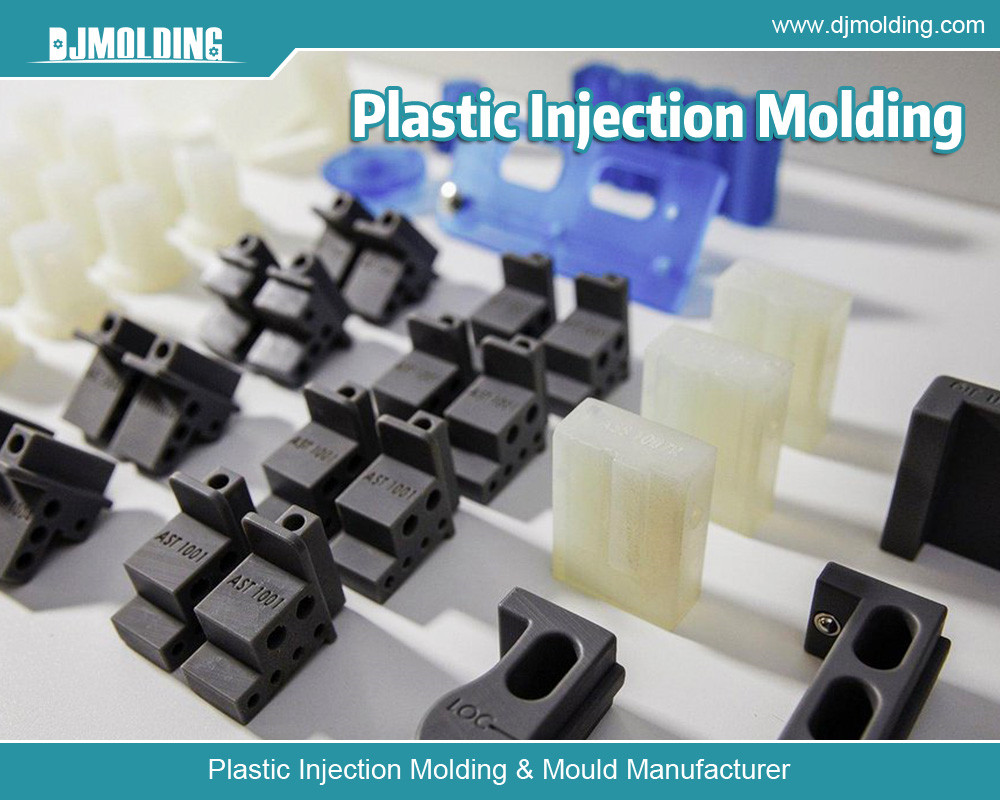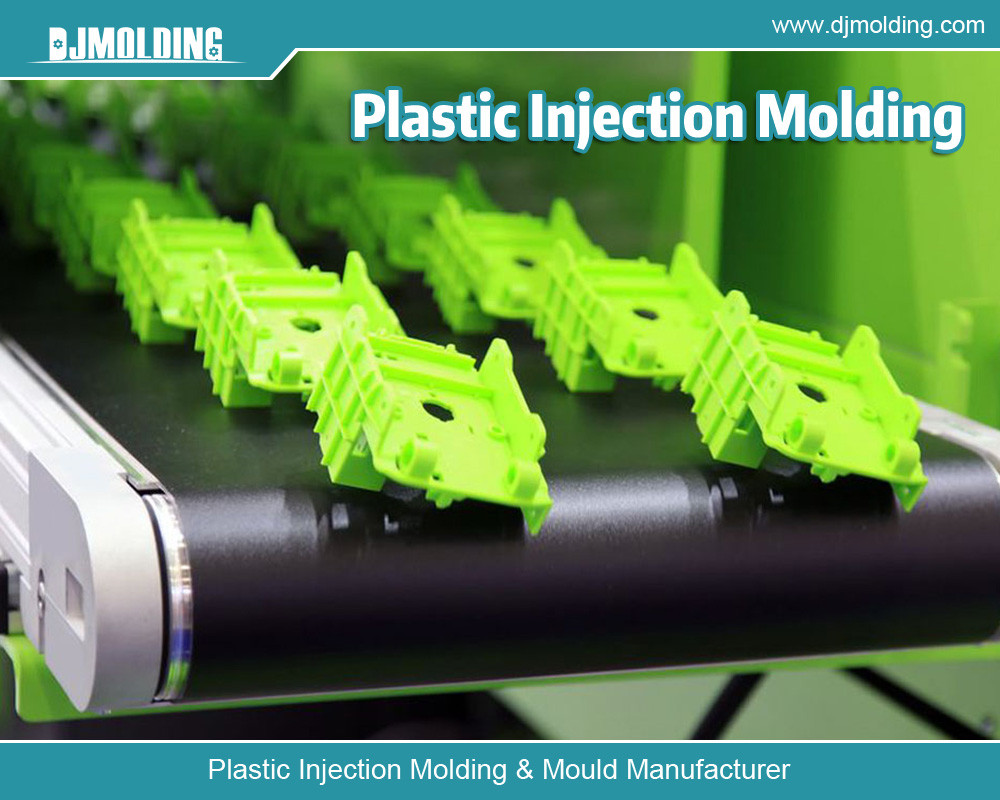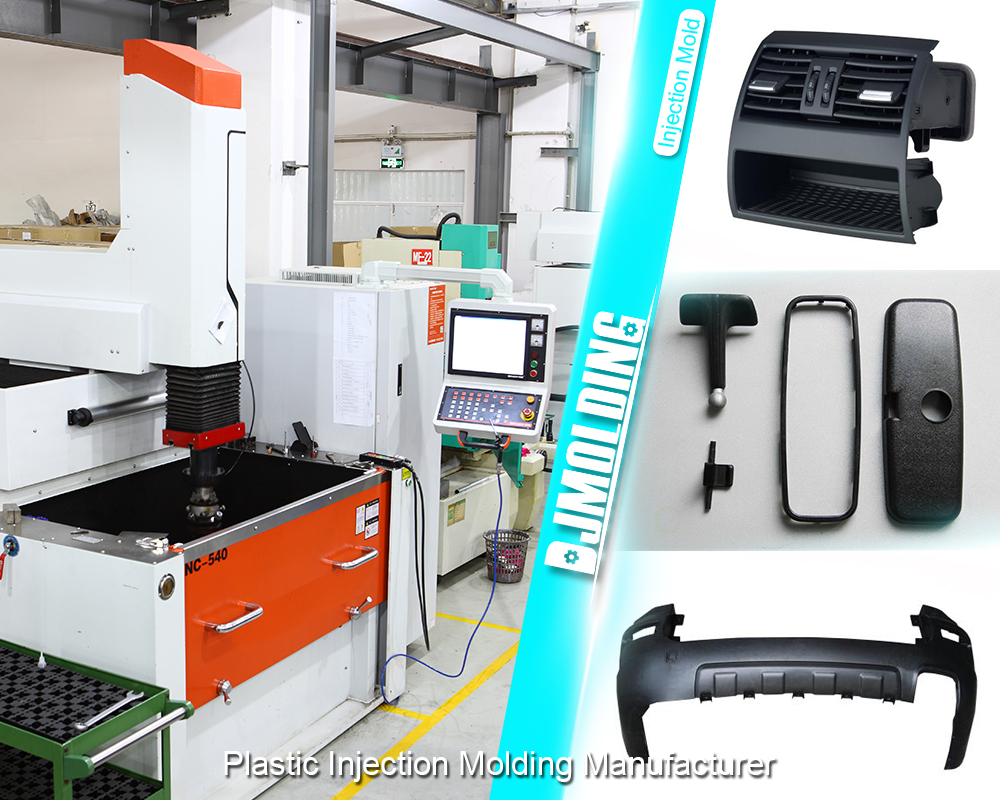Low-volume production of sheet metal — procedure and advantages
Low-volume production f sheet metal — procedure and advantages
What is the manufacture of sheet metal?
The process of converting metal sheets into different objects depending on specific requirements and designs is known as sheet metal fabrication. You may easily search for “sheet metal shop near me” if you’re looking for trustworthy sheet metal fabrication services. The technique is widely used in many different industries, including the electronics, building, automotive, and aerospace sectors. Although the manufacture of sheet metal is usually linked to large-scale manufacturing, low-volume production has gained favor recently because of its many advantages.
In this article, we’ll go over the benefits and cons of small-scale manufacturing in bespoke sheet metal fabrication.

Positives
Let’s begin by discussing the benefits of sheet metal fabrication using low-volume production.
Economical
Low production volume is more economical than bulk production for small orders. This allows manufacturers to improve manufacturing processes, reduce labor costs, and decrease material waste. Furthermore, without having to spend a lot of money on tooling, manufacturers can build customized sheet metal components thanks to bespoke sheet metal fabrication production.
Superior Quality
Low manufacturing volume allows businesses to put quality over quantity. They are able to keep a careful eye on each step of the production process to ensure that the final product meets all required quality standards. This is especially important for complex sheet metal goods that require precise production skills and close attention to detail.
Adaptability
With low-volume output, manufacturing organizations have more flexibility. They can quickly adjust production schedules to meet changing customer needs. Because of this flexibility, manufacturers are able to react quickly to market demands and continue to lead their respective industries.
Personalization
Small-scale production enables firms to create custom sheet metal parts. This is particularly beneficial for goods with specific requirements or prototypes. Customization allows manufacturers to create products that precisely meet the needs and preferences of their customers, increasing consumer satisfaction and loyalty.
Quick Recovery Time
Low-volume manufacturing cycles enable sheet metal fabrication companies to quickly produce limited quantities of goods to meet customer demands. This is due to the fact that low-volume manufacturing methods are simpler, more flexible, and require less setup time than high-volume production processes. Because of this, companies that fabricate sheet metal are better equipped to respond quickly to customer needs, reduce lead times, and increase customer satisfaction.
Enhanced Quality Assurance
Low-volume manufacturing also enables better quality control. Because fewer pieces are produced, sheet metal fabrication companies can closely monitor every step of the production procedure to ensure that the finished products satisfy the most stringent quality requirements. This includes analyzing raw materials, keeping an eye on the manufacturing process, and carefully testing and analyzing the finished product. By using these steps, sheet metal fabrication companies can identify and fix quality issues early in the manufacturing cycle, which reduces defects and increases customer satisfaction.
Obstacles
These are the difficulties associated with sheet metal fabrication’s low-volume production:
Increased unit prices
Low-volume production may have greater per-unit expenses than large production because smaller production runs require more labor and time. This could make it harder for low-volume manufacturers to compete in specific markets.
Strict Capability
The limited capacity of low-volume production may restrict the number of products that may be manufactured over a particular period of time. It could be difficult for manufacturers to meet standards for large orders as a result.
Extended lead periods
One disadvantage of low-volume production is that it may take longer to deliver products to customers that need them than bulk production. Longer lead times may also hinder producers’ ability to respond swiftly to unforeseen market demands.
Costs of Tools
Although low-volume production may be less expensive than large-scale manufacturing for small orders, it still requires specialized tooling. This might raise manufacturing costs and make it harder for low-volume producers to compete in certain markets.
Low volume Sheets metal workshop capabilities
An extensive range of potential capabilities can be found in a low-volume metal sheeting shop. I’ll go over a few of the more important features that you should absolutely expect to see in order to enable fabrication below.
Creating and shaping
For most fabrication items, bending and forming are essential processes. When shaping and bending, sophisticated technology is used to bend the metal sheets into the necessary shapes and angles. For bent and formed tasks, machines such as CNC press brakes and panel benders are ideal. Having knowledgeable programmers and operators speeds up and simplifies the task. When it comes to force application, imaginative setups, and process optimization, these people are quite knowledgeable.
Slicing
Customers can choose a manufacturer with deep cutting capabilities and be sure that procedure optimization is taken into account for their items. Equipment like power shears, CNC lasers, and even a CNC punch can be used to cut sheet metal. Every piece of equipment has advantages and disadvantages, and astute manufacturers arrange their operations to maximize output in response to the supply of parts. The CNC laser can be used in a low-volume metal sheet manufacturing factory to create items with complex designs that need to be blanked or cut with exceptional precision and flawless edges. On the other hand, a CNC turret punch can rapidly and inexpensively nibble a less complex item.
Accessing
Engineers can attach sheet metal in a variety of ways, including bonding, clinching/folding, welding, riveting, and swage nuts. Many of these techniques ought to be available at any respectable store.
First, following the OEM’s original specifications, as stated in the print, will be beneficial. Secondly, it provides the fabricator with an alternative to offer the OEM customer, which could be a more economical or more useful solution.
Joining solutions such as riveting and welding should undoubtedly be offered by a high-quality, low-volume sheet metal production business. It is highly beneficial to have these choices accessible for these kinds of products, especially at modest volumes.
Surface coating
Powder coating is the best coating technique for a variety of parts and components, including industrial, medical, and defense. It is a more robust and affordable substitute for the majority of other techniques. This list includes in-house powder coating because the product will almost always undergo a coating process. We’ve experienced problems with hiring third-party suppliers for powder coating over the years, so we’ve opted to do this ourselves. The components are vulnerable to breakage during transit, and certain powder coaters have a history of significantly overcharging.

In summary
Low-volume production offers several advantages in sheet metal fabrication, such as affordability, improved quality, adaptability, and customization. However, there are drawbacks as well, such as increased unit costs, limited capacity, long lead times, and significant tooling expenses. If manufacturers are to survive in low-volume production, they need to make investments in automation and cutting-edge technology, enhance production processes, and remain adaptable to changing consumer demands.
For more about the low-volume production of sheet metal,you can pay a visit to Djmolding at https://www.djmolding.com/low-volume-manufacturing-service/ for more info.




